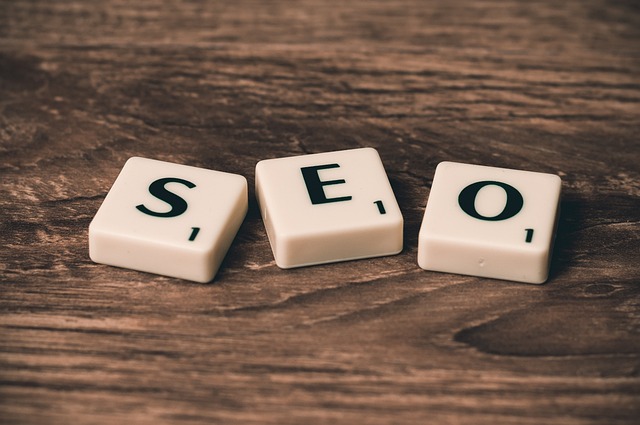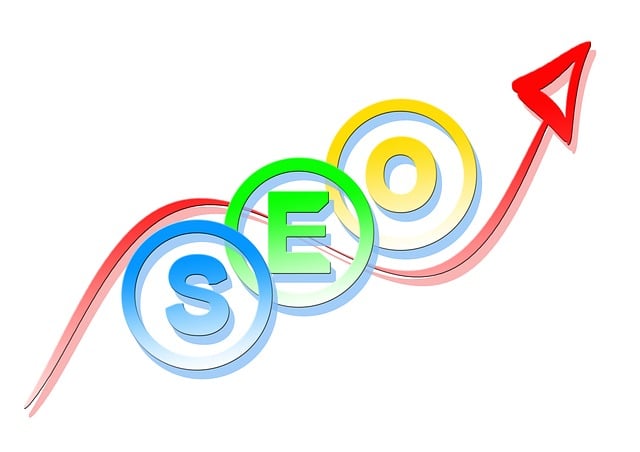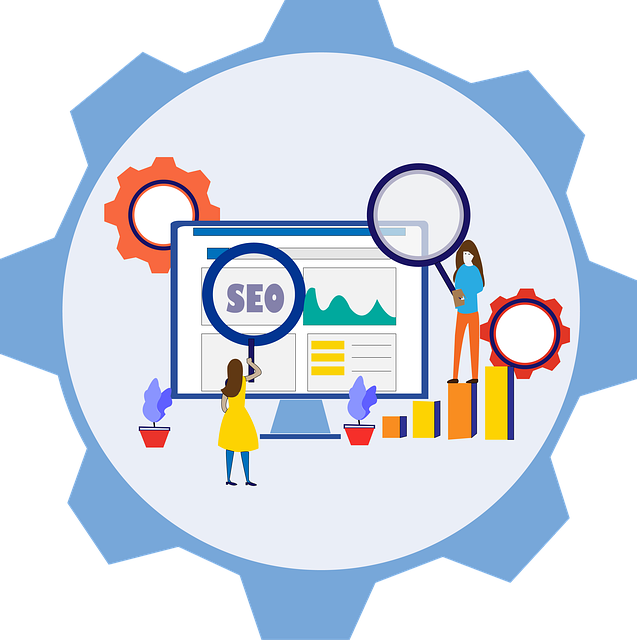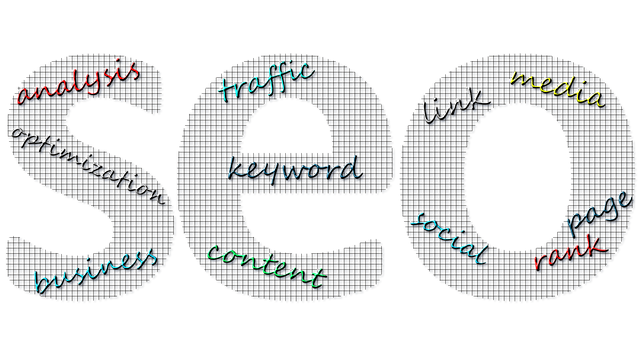On-page SEO strategy hinges on enhancing user experience (UX) and search engine rankings through SEO Content Optimization. This involves creating high-quality, relevant content that meets user intent, with strategic keyword placement. Essential components include well-optimized meta tags (titles and descriptions), header tags for navigation, internal linking for information architecture, and engaging visuals for better UX and SEO. Effective optimization also entails crafting click-worthy titles and descriptions (under 60/155 characters), using structured data, and staying updated on algorithm changes. Measuring performance with analytics tools helps guide enhancements to content and meta elements, ensuring ongoing optimization for improved rankings and enhanced user satisfaction.
“Unleash your website’s full potential with comprehensive On-Page UX and SEO Training—a strategic approach to boosting online visibility. This article guides you through a structured journey, from unraveling the intricate ties between User Experience (UX) and Search Engine Optimization (SEO) to implementing proven strategies.
Learn how to optimize title tags, craft engaging content, leverage keywords, and enhance user experience with visual elements for optimal SEO Content Optimization. By mastering these techniques, you’ll elevate your website’s performance and captivate your audience.”
Understanding On-Page UX and Its Role in SEO

On-Page UX refers to the user experience within a single webpage or website, focusing on how easily and intuitively visitors can achieve their goals. It involves every element from site structure and navigation to visual design, content placement, and form interactions. Understanding On-Page UX is crucial for SEO because it directly impacts key performance indicators (KPIs) like bounce rate, time spent on page, and click-through rates, all of which search engines consider when ranking websites.
Effective On-Page UX ensures that your website provides valuable, relevant content in a way that’s easy to consume and navigate. This involves optimizing SEO Content, ensuring keywords are strategically placed within headings, meta descriptions, and body text while maintaining readability and relevance. By enhancing the user experience, you not only satisfy search engine algorithms but also foster a positive interaction with visitors, encouraging them to explore more of your site and ultimately improving your website’s overall online presence.
Key Components of Effective On-Page SEO Strategy

The success of an on-page SEO strategy hinges on several key components that work together to enhance both user experience (UX) and search engine rankings. Firstly, SEO Content Optimization is paramount. This involves crafting high-quality, relevant, and engaging content that satisfies user intent while incorporating targeted keywords naturally and contextually. Well-optimized content not only attracts but also retains visitors, reducing bounce rates and increasing time spent on the page, which are all positive signals to search engines.
Additionally, optimizing meta tags—including titles and descriptions—is crucial. These elements serve as a website’s first impression in search results, encouraging clicks with compelling language that accurately reflects the content below. Effective on-page SEO also leverages header tags (H1, H2, etc.) to structure content hierarchically, making it easier for both users and search engines to navigate and understand the page’s main topics. Internal linking plays a vital role too, connecting relevant pages within a site to foster better information architecture and distribute link equity.
Optimizing Title Tags and Meta Descriptions

In on-page UX and SEO training, one crucial aspect that often gets spotlighted is SEO content optimization. This involves meticulously crafting title tags and meta descriptions to not only capture search engine algorithms’ attention but also enhance user experience. Effective title tags should be descriptive, unique, and include relevant keywords while keeping the length under 60 characters to ensure they’re fully visible on search results pages.
Meta descriptions, serving as a brief overview of your webpage’s content, can significantly impact click-through rates. They should entice users to click while staying keyword-rich and below 155 characters. By optimizing these elements, you’re not just improving your site’s chances in search rankings; you’re also guiding users toward the most relevant information, fostering a better overall browsing experience.
Crafting Engaging and SEO-Friendly Content

Crafting engaging content is an art, but integrating SEO strategies ensures it becomes a powerful tool for online success. When creating content, understanding search engine algorithms and user preferences is key. By combining compelling language, relevant keywords, and structured data, you can optimize your pages for both human readers and search engines. This involves researching topics that resonate with your audience, using headings to organize information, and incorporating multimedia elements like images and videos to enhance the user experience.
SEO content optimization goes beyond basic keyword stuffing. It’s about creating valuable, informative pieces that answer user queries effectively. By aligning your content strategy with industry best practices and staying updated on algorithm changes, you can drive organic traffic, improve search rankings, and foster a deeper connection with your target audience.
Leveraging Keywords for On-Page Optimization

In the realm of on-page UX and SEO training, leveraging keywords is a strategic art that forms the backbone of effective content optimization. With SEO Content Optimization as a guiding principle, professionals learn to seamlessly integrate relevant keywords into every aspect of web page creation. This involves careful research to identify high-value keywords that align with user search intent, ultimately improving page rankings on search engines.
By optimizing meta titles, headings, and body copy with these targeted keywords, the content becomes more discoverable. It ensures that when users search for specific terms or phrases, the webpage has a higher chance of appearing in their results, driving organic traffic. This strategy requires a deep understanding of user behavior and search engine algorithms to balance keyword density and natural language usage, creating engaging content that satisfies both searchers and search engines alike.
The Importance of Internal Linking Structure

A well-crafted internal linking structure is a cornerstone of both effective SEO Content Optimization and enhancing user experience (UX). Internally linking your web pages helps search engines understand the hierarchy and relevance of your content, allowing them to index your site more efficiently. When users navigate through your website, these links guide them to related resources, improving usability and keeping them engaged.
By strategically placing internal links within your content, you can drive traffic from lower-performing pages to more relevant ones, boosting overall SEO performance. This also helps in spreading link equity throughout your site, which is a crucial factor in improving domain authority and search rankings. A well-organized internal linking structure ultimately contributes to a better user journey, making it essential for any comprehensive on-page UX and SEO strategy.
Enhancing User Experience with Visual Elements

Visual elements play a pivotal role in enhancing user experience (UX) and are an essential aspect of effective on-page UX and SEO training. Incorporating high-quality images, icons, and graphics not only breaks up text but also aids in conveying information more engagingly. These visual components can help users understand complex concepts faster, making the content more digestible and accessible.
Moreover, when used strategically, visual elements can significantly improve SEO content optimization. Alternative text (alt text) for images, for instance, provides context to search engines, helping them index your content accurately. This ensures that visually appealing pages are also semantically rich, contributing to better rankings in search results.
Measuring and Improving On-Page SEO Performance

Measuring on-page SEO performance is an integral part of understanding your website’s visibility and ranking potential. By utilizing various analytics tools, you can track crucial metrics such as click-through rates (CTR), average position, and organic traffic for specific keywords. These insights reveal areas where your content might be underperforming or where improvements are needed to enhance user experience (UX) and search engine optimization (SEO).
Focusing on SEO content optimization involves refining key elements like meta titles, headers, and descriptions to ensure they align with current search intent. Regularly updating content to keep it fresh, relevant, and informative also plays a significant role in improving rankings. Additionally, optimizing for voice search queries and incorporating semantic keywords can further boost your on-page SEO efforts, making your website more appealing to both users and search engines.
